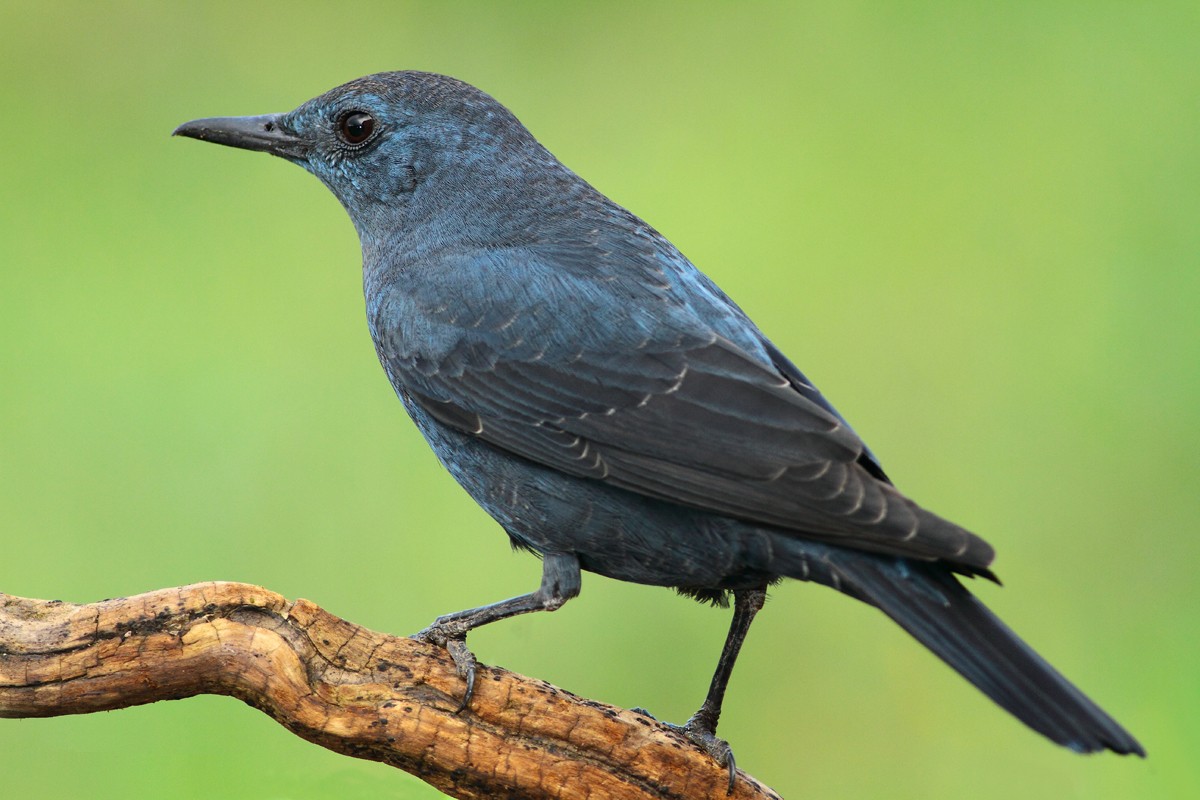Blue Rock Thrush
A species of Rock-thrushes Scientific name : Monticola solitarius Genus : Rock-thrushes
Blue Rock Thrush, A species of Rock-thrushes
Botanical name: Monticola solitarius
Genus: Rock-thrushes
Content
Description People often ask General Info
Description
The blue Rock Thrush emits a sound similar to a blackbird. It has a wide range, including urban areas, sea cliffs, and mountainsides. The thrush has a unique claim to fame. It is the official bird of Malta and is present on some of the country’s former currencies.
Size
23 cm
Life Expectancy
5-10 years
Nest Placement
Cliff
Feeding Habits
Blue Rock Thrush has a varied diet consisting of insects and lizards, supplemented with fruits and berries. It employs active foraging and hunting techniques. Unique dietary preferences include specific types of insetcs and berries when available.
Habitat
Blue Rock Thrush typically resides in rugged terrains like coastlines, cliffs, and mountainous valleys, thriving around rocky features and vertical structures. Its adaptable nature allows for a habitat range from sea-level to high elevations, up to 4200 meters. While often found among natural formations, it readily utilizes man-made structures such as ruins and city buildings, especially when migrating or in urban coastal areas.
Dite type
Omnivorous
People often ask
General Info
Feeding Habits
Bird food type
Bird Feeder Type

Platform
Sounds
Song
Recording location: Japan
Behavior
Blue rock thrush breeds in open mountainous areas. It nests in rock cavities and walls, and usually lays 3-5 eggs. 
Distribution Area
The European, north African and southeast Asian birds are mainly resident, apart from altitudinal movements. Other Asian populations are more migratory, wintering in sub-Saharan Africa, India and southeast Asia. This bird is a very uncommon visitor to northern and western Europe. 
Species Status
Not globally threatened.
Scientific Classification
Phylum
Chordates Class
Birds Order
Perching birds Family
Old world flycatchers Genus
Rock-thrushes Species
Blue Rock Thrush 